Blog.
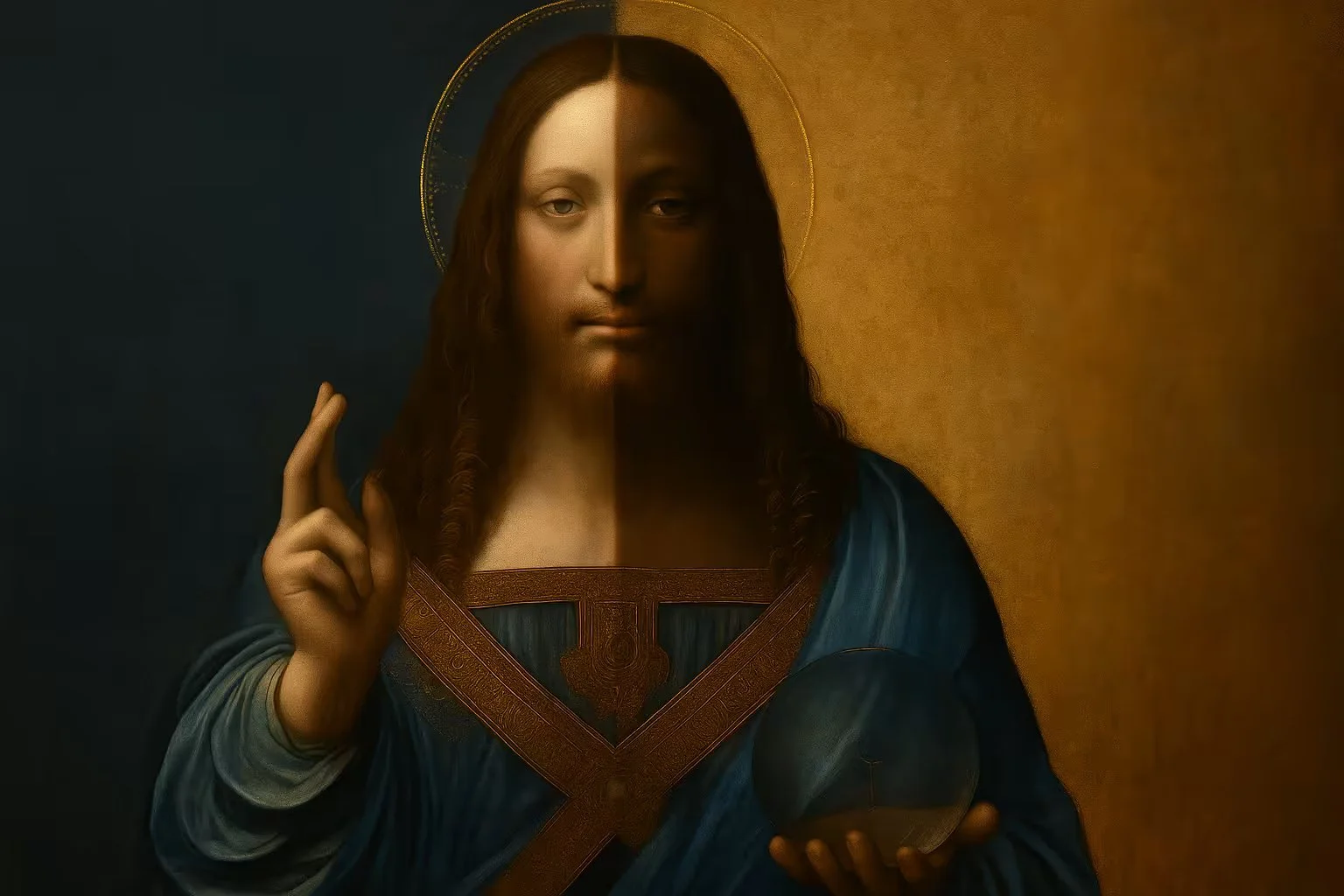
Black Figures in Western Religious Art
For nearly a thousand years, Western religious art has rendered biblical figures as white Europeans, erasing their Middle Eastern origins and sidelining Black presence. This was a theological and political project with lasting consequences. Today, scholars are uncovering the hidden histories and lost images that challenge this centuries-old narrative.
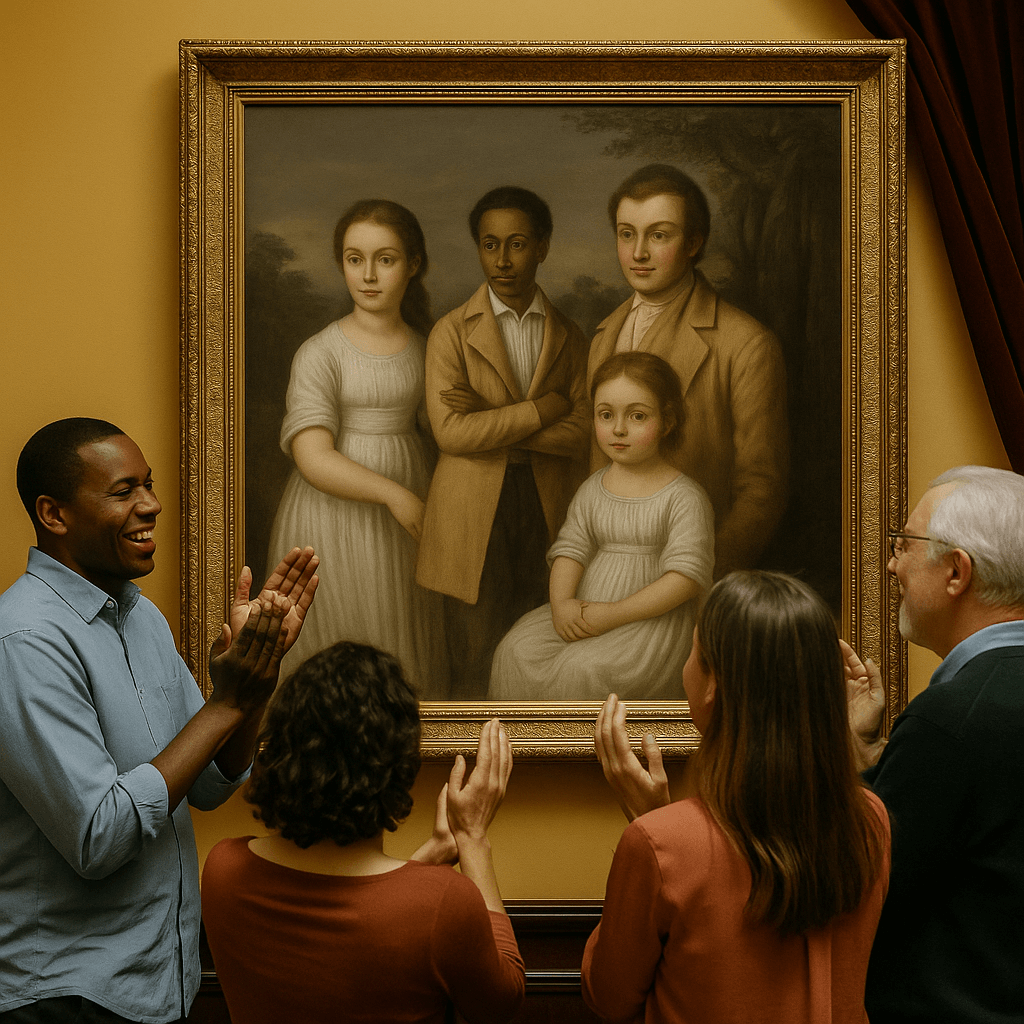
Restoration, Part III: After the Reveal
Restoration is often seen as the finish line — but the real story begins after the reveal. From a hidden child in a 19th-century portrait to lost names in a water-damaged census, restored histories ripple outward, reshaping how we see the past.
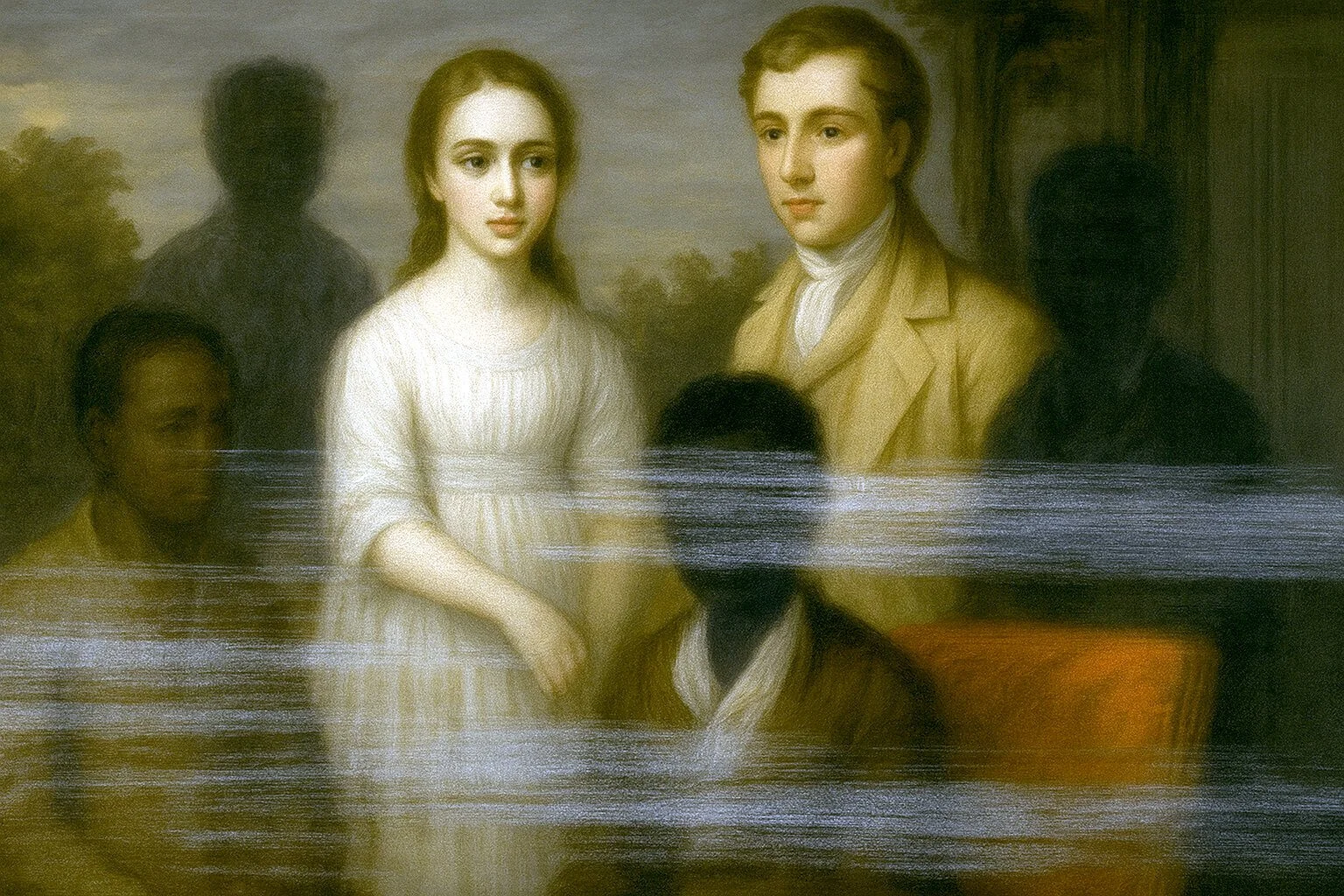
Restoration, Part II: Why Are Precious Works of Art Restored?
Why are precious works of art restored? Is it to reveal what time wore away — or to confront a coverup? In this second part of our series, we explore how restoration reclaims not just paint, but presence.
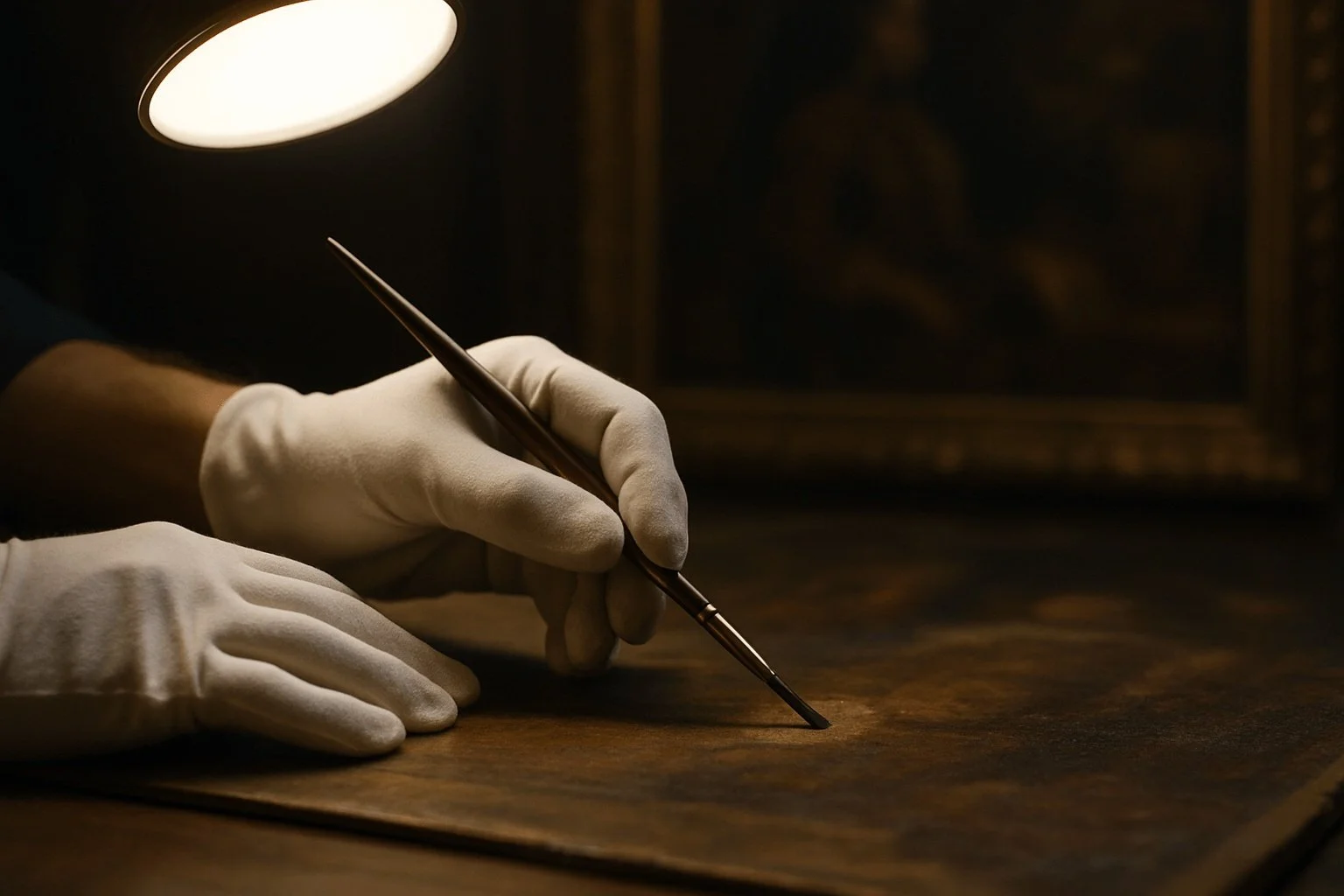
Restoration, Part I: How Are Precious Works of Art Restored?
Ever wonder how priceless works of art are restored? In this first part of our series on restoration, we explore the tools, techniques, and precision behind the conservation of historic paintings—and what it means when a lost face is brought back into view.

William J. Powell: The Pilot Who Dreamed in Black and White
William J. Powell was one of the first Black aviators on the West Coast—he was a visionary who opened the skies to a generation. Through his Bessie Coleman Aero Club and his 1934 manifesto Black Wings, Powell laid the groundwork for the Tuskegee Airmen and challenged the nation to imagine a future where Black pilots would lead. His legacy still speaks powerfully to northeast Louisiana and beyond.

Why Museum Membership Matters
Even if you’ve never visited, becoming a member of the Northeast Louisiana Delta African-American Heritage Museum is one of the most meaningful ways to support the preservation of Black history in northeast Louisiana. In a time of shrinking federal support, membership helps sustain our mission, build community, and shape the future of the stories we’re here to tell.

Faith and Power: The African Presence in Renaissance Religious Art
From Renaissance altarpieces to Kongo crucifixes, Africans have long shaped sacred art on both sides of the Atlantic. This post explores their powerful presence in religious imagery—both as subjects and creators—and traces a legacy of faith, resistance, and beauty that continues in African-American spiritual traditions today.

A Sanctuary of Art and Healing: The Northeast Louisiana Delta African-American Heritage Museum
Beautiful art doesn’t just move you—it heals you. At the Northeast Louisiana Delta African-American Heritage Museum, science and soul meet in the gallery, where every brushstroke can lower stress, lift your mood, and quiet the mind. This isn’t just a cultural experience—it’s a wellness one.
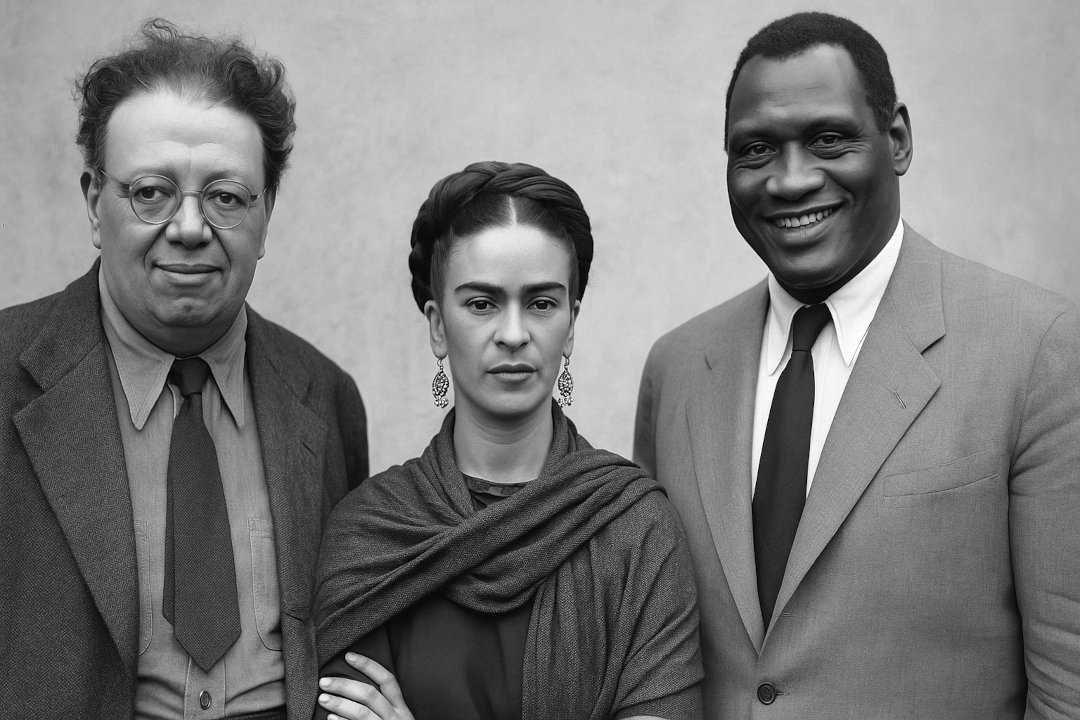
Art Across Borders: How Rivera and Kahlo Connected with Black America
Though Diego Rivera and Frida Kahlo weren’t Black, their art and politics deeply resonated with African-American artists and activists. This post explores how their solidarity crossed borders—and what it still teaches us today.
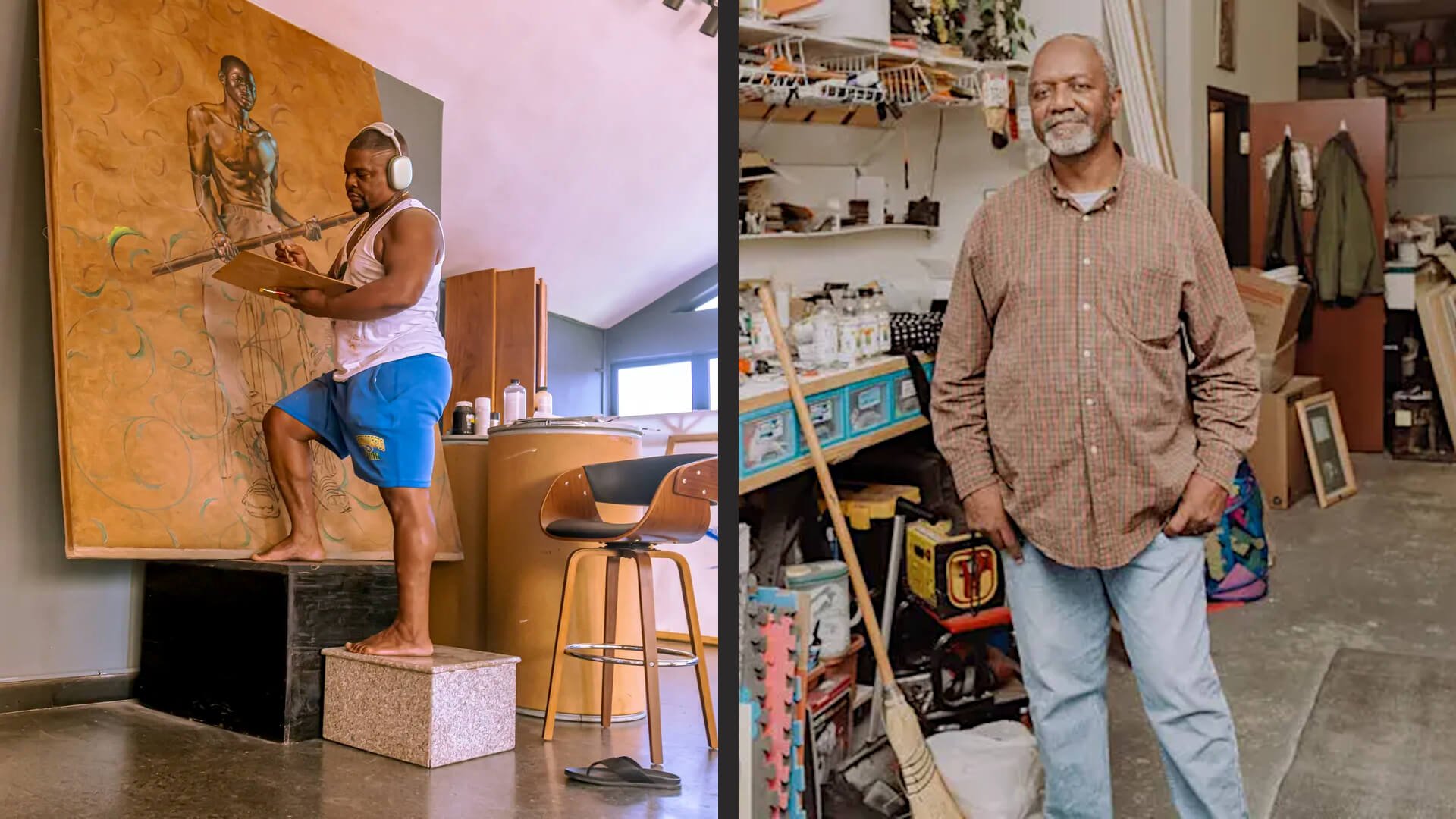
How Do Artists Like Kehinde Wiley and Kerry James Marshall Paint Such Large Pieces?
How do artists like Kehinde Wiley and Kerry James Marshall paint such massive works? What begins as a technical question unfolds into a deeper story about power, presence, and the legacy of Black visibility in art.
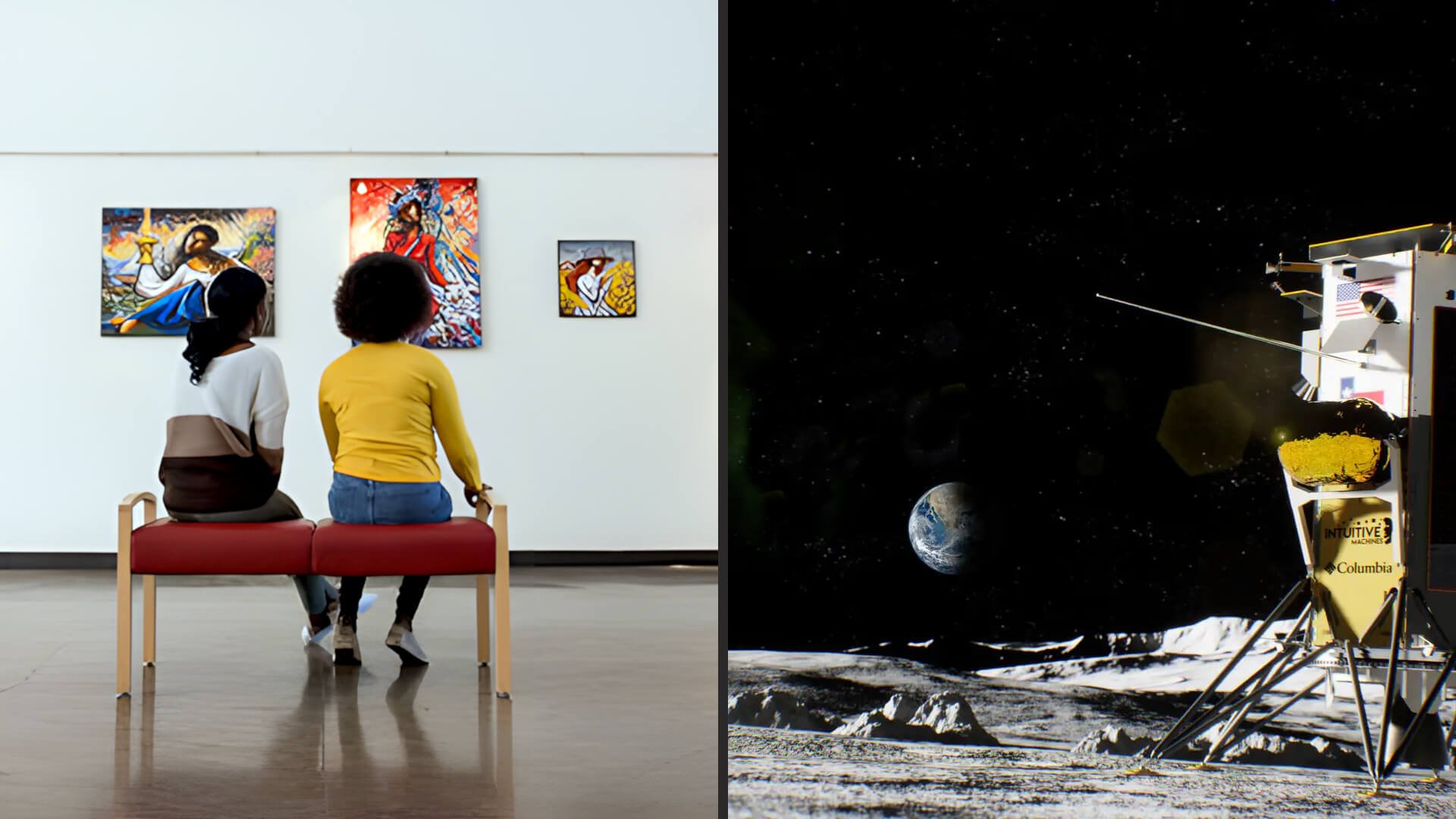
Jeff Koons, the Moon, and the Delta.
Jeff Koons sent a sculpture to the Moon—a gesture toward permanence. But in the Northeast Louisiana Delta, art lives through connection, not distance. This post reflects on what it means to create work meant to be seen, felt, and remembered in community.

Alicia Keys, Swizz Beatz, and the Transformative Power of Collecting Black Art
Alicia Keys and Swizz Beatz aren’t just music icons—they’re two of the most influential collectors of contemporary Black art. With a collection over 1,000 pieces strong and a mission to elevate Black artists across generations, they’re quietly shifting the center of gravity in the art world. This post explores what their approach means for collectors, museums, and communities like ours.

The Lost History of African American Nose Art in WWII
While WWII nose art is often remembered for its bold pin-ups of white models and mascots, the role of African American artists in this tradition remains elusive. This post explores why—and where their creativity still left a mark.

Artist Spotlight: Romare Bearden and the Politics of Assembly
He moved through the world in layers—part seen, part obscured. Romare Bearden’s collages were more than images; they were mosaics of memory, culture, and contradiction. This post traces the man who showed us that identity, like art, is never whole until it’s assembled.

Art as Armor: How African American Creativity Disarmed War
Art has never just been decoration—it’s been defense. From Jacob Lawrence’s haunting War Series to Nina Simone’s explosive protest songs, African American creativity has played a powerful role in disarming war, one brushstroke and verse at a time.

Visible but Voiceless: How Black Presence in Mid-Century Public Art Revealed—and Concealed—Power
Conrad Albrizio’s 1954 murals at New Orleans’ Union Passenger Terminal include Black figures in ways rare for the Jim Crow South—but do they truly empower the people they depict? This post explores the complex legacy of representation without agency in mid-century public art.

Why Museums Are Among the First Targets in War—And What That Means for Us
When invading armies destroy a city, they often go for more than infrastructure—they go for memory. This post explores why museums are targeted in war and why our work preserving African-American heritage in Northeast Louisiana is an act of cultural defense.

Cotton, Slavery, and the Art World: Who Really Paid for 19th-Century American Beauty?
A single Delta plantation once spent more on art than on enslaved families. This post reveals the cotton-fueled foundations of the 19th-century American art world.

Etched in Clay: The Legacy of David Drake, Potter and Poet
Enslaved in 19th-century South Carolina, David Drake—known as “Dave the Potter”—inscribed resistance and poetry onto clay. His jars still speak today.

Are Your Old Photos the Next Great Work of Art?
Your old family photos might be more than memories—they may be the next great artworks of African-American history. We explore how physical photographs are becoming cultural heirlooms worth preserving, curating, and exhibiting.
